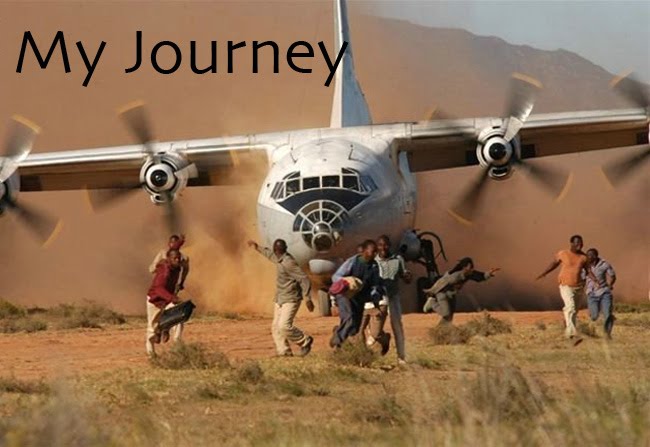Astronomers have discovered two new planets orbiting a very old star that is near to our own sun. One of these planets orbits the star at the right distance to allow liquid water to exist on its surface, a key ingredient to support life. Kapteyn's Star, named after the Dutch astronomer, Jacobus Kapteyn, who discovered it at the end of the 19th century, is the second fastest-moving star in the sky and belongs to the Galactic halo, an extended group of stars orbiting our Galaxy on very elliptical orbits. With a third of the mass of the Sun, this red-dwarf can be seen with an amateur telescope in the southern constellation of Pictor.
The planet called Kapteyn b might support water. It is at least five times the mass of that of Earth and orbits its star every 48 days. This means the planet is warm enough for water to be present on its surface. The second planet, Kapteyn c is a more massive super-Earth in comparision. Its year lasts for 121 days and astronomers think it's too cold to support liquid water. At the moment, only a few properties of the planets are known: approximate masses, orbital periods, and the distances from their host star. By measuring their atmospheres using instruments that are currently under development, astronomers will verify the presence or lack of water.
"Finding a stable planetary system with a potentially habitable planet orbiting one of the very nearest stars in the sky is mind blowing. This is one more piece of evidence that nearly all stars have planets, and that potentially habitable planets in our Galaxy are as common as grains of sand on a beach," said Pamela Arriagada, the second author, and a Carnegie postdoctoral researcher.
The planetary systems detected by NASA's Kepler mission are usually hundreds of light years away. In contrast, Kapteyn's Star is the 25th nearest star to the Sun -- only 13 light years away from Earth.
Dr Anglada-Escude adds: "It does make you wonder what kind of life could have evolved on those planets over such a long time."
(citation) Carnegie Institution. "Astronomers discover two new worlds orbiting ancient star next door: One may be warm enough to have liquid water." ScienceDaily. ScienceDaily, 3 June 2014.












